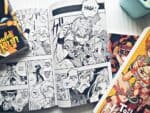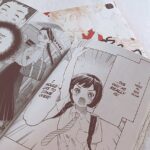In contrast to most western comics, the Japanese manga is printed almost entirely in black and white. With the high number of manga being published, it is curious that they have not moved to colorizing the images to match the bold and bright colors of the equally popular anime.
In short, the main reasons are cost, volume, and time. Print production of black and white only requires one printing plate but the addition of color adds three more, increasing time and cost. Each manga artist is responsible for creating their own content, usually without additional help, and with manga published on a weekly basis applying color would simply take too long.
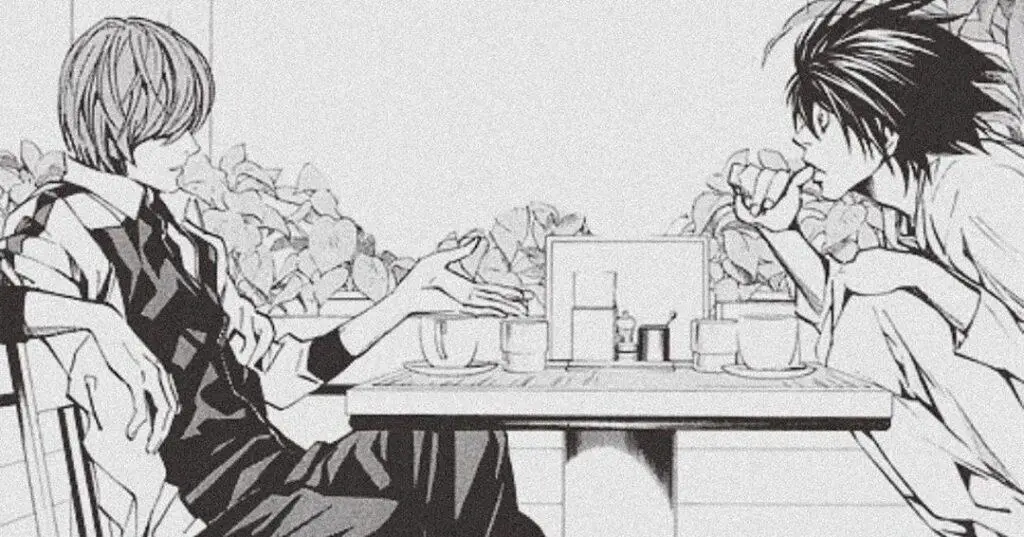

Check this guide out if you’re interested in Getting Started Drawing Manga.
The Value in Manga
A variety of factors go into the publication of manga from the capabilities of the artist to the cost of mass publishing dozens if not hundreds of pages. Some of the larger prints involve hundreds of pages and to get that much product out on a weekly basis is a formidable task.
The cost to purchase manga ranges between 500 – 600 yen ($4 – $5 US), published on a weekly basis, and average about 200 pages for popular titles. The cost to buy a monthly comic published in the US with only 20 pages, in color, is just about the same. Delivering that much more content in sheer volume of pages alone means the most efficient time-saving processes have to be in place.
Manga artists usually work alone, sometimes upwards of 16 – 20 hours a day, to produce black and white line drawings, plus the writing, creating new story lines, and maintaining canon continuity. Adding color would require another person to work on the project which would increase the cost and lengthen the time for production.
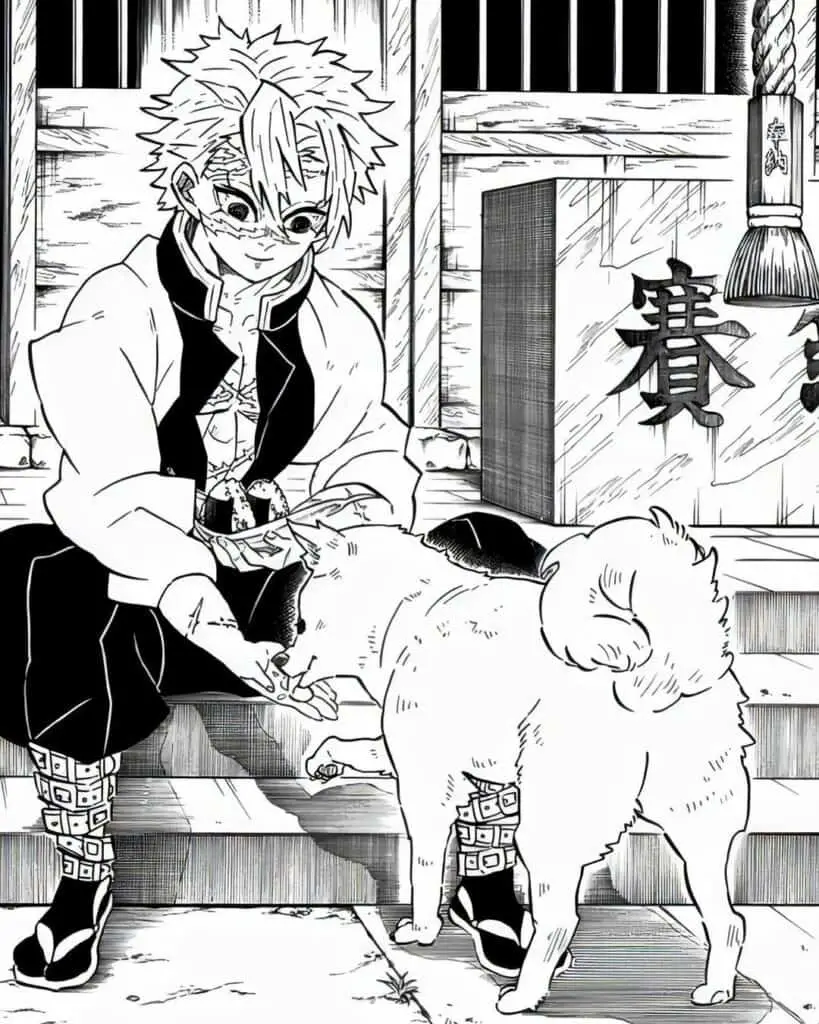
Manga are usually printed on paper that has been recycled numerous times. The paper is thin, nearly transparent, and not intended to last. Unsold copies of manga are usually returned to be recycled again. Expending the time and cost of applying color to this paper is something of an exercise in futility.
Comics in the US are also treated as collectibles, especially for the most popular titles published by Marvel and DC. Often kept and preserved, each comic is treated as though it will have some future value higher than its purchase price. Conversely, manga are usually purchased, read, and then discarded or given away.
A 400 page issue, with 20 chapters, published weekly can easily be sold for only $2US. They are mass produced on cheap paper, limited artist support, and intended to be recycled for more content later on.
Color is frequently applied to the cover of the issue and occasionally to a handful of pages within but by and large it is very unusual to find color in manga. Attempts have been made to colorize previous versions but it has gained little traction.
Readers of manga are so accustomed to the black and white images that many react negatively to color versions by saying that something has been lost. The use of black and white is advertising, movies, and photography is a very popular way to add gravitas and depth to images. The addition of color is therefore seen to be almost inappropriate.
History and Tradition
There are a few other secondary reasons for why manga is printed in black white and they have more to do with aesthetics and tradition.
Manga, the term, started in the late 18th century but scrolls dating back to the 12th century are considered to be early examples and possibly the beginning of right – to – left reading in Japanese culture. Popular publications during the 18th and 19th century showcased sketches that were incorporated as part of the story rather than just illustration.
Modern manga seems to have gotten most of its influence from the allied occupation of Japan from 1945 – 1952 when western soldiers brought in their own comics. American comic strips began appearing in Japan from newspapers towards the end of 19th century.
By the 1930’s, comic strips were being serialized in monthly magazines geared towards children and were then put into hardback collections. The signature wide-eyed look of girls portrayed in manga began around this time and one of the first manga artists, Jun’ichi Nakahara, credits his work as a doll maker for his preference to depict characters this way. As they began in newspapers they were by necessity printed in black and white.
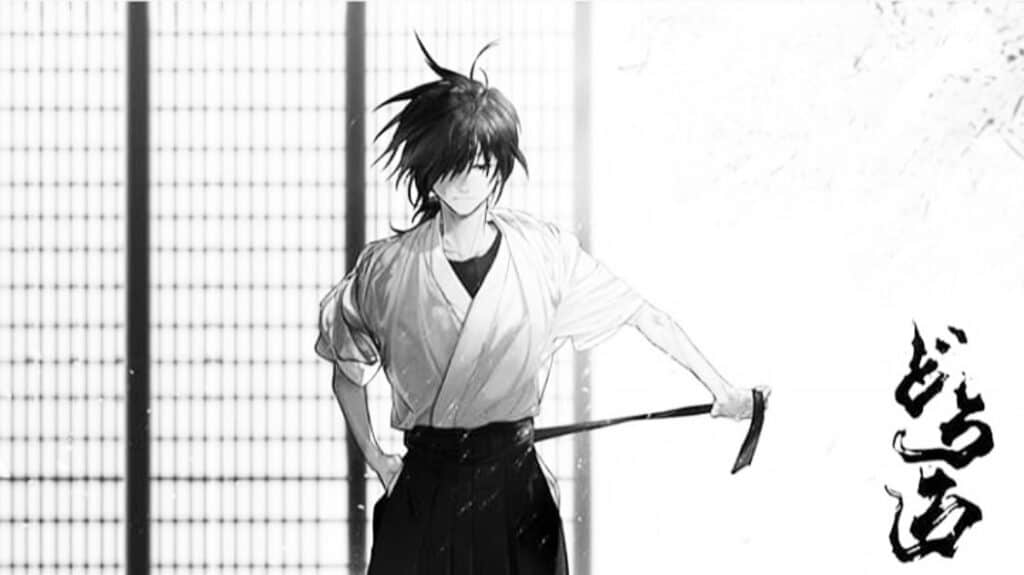
Osamu Tezuka created one of the most enduring and popular characters, Atom (Astro Boy in US). Tezuka had an immense influence on the design of manga. He placed the panels in such a way as to simulate moving pictures, a “cinematographic” technique that is still used in nearly all manga publications.
At this time, as manga became more popular, artists were mostly self-taught and in order to get published they needed to produce a massive amount of content that could be quickly distributed. An artist that can create dramatic and high quality ink drawings very quickly would have the most secure route to getting an income.
There was little incentive to be able to add color. Few publishers would be able to handle it and artists needed to be able to get as much out as possible in the shortest amount of time.
When the first collections of manga started being distributed, they were all done in black and white. Published in newspapers with no need for color the initial strips were the introduction many people had to the idea of manga. This introduction seems to have been partly responsible for setting the trend towards keeping it in black and white.
Artistic License
The ink artists who create manga create all parts of the publication. From the story line, dialogue, drawings, to the plot twists and canon continuity. Being able to distribute dozens if not hundreds of pages is a real skill and has become a point of pride with many artists who prefer to keep the black and white format to showcase their extraordinary skill.
Many manga artists start out doing their own research, writing, layouts, pencils, inks, lettering and coloring. Many have no formal art school training or been through an apprenticeship. A common way for them to be discovered is by entering contests or open invitations for new artists.
Colorists, on the other hand require more time and expense, the two skills are not interchangeable and many ink artists are completely incapable of providing quality color work. However, color artists are not expected to provide any other part of the story and instead can be considered something of an unnecessary expense.
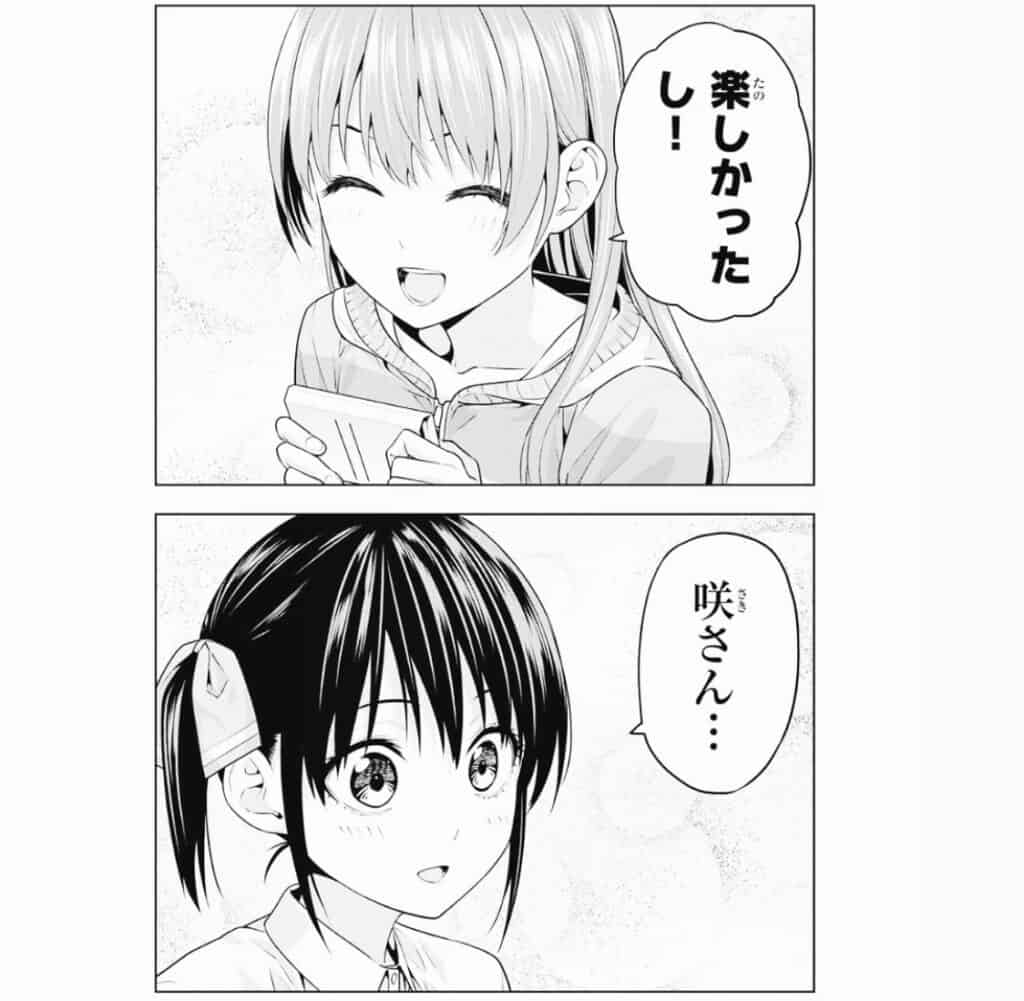
There is a skill in using shade with white space and manga artists, understandably, take pride in being able to render the best quality they can while still dealing with the time constraints of fast publication deadlines. The black and white genre of photographs and films is a widely praised medium that is respected worldwide.
Manga art may not yet have achieved world recognition as a recognized skill. However, the adherence to a complicated artistic design without relying on the brightness of colors but rather the subtlety of shade is a point of pride for many artists.
Tezuka, mentioned previously, is thought to have drawn as many as 400 to 500 pages per month. He would also work on multiple publications at the same time and would have multiple storylines and arcs in production simultaneously. He is estimated to have created 150,000 pages of drawings and perhaps 200,000 more pages of storyboards and scripts. The odds of him being able to color all of those pages himself is unrealistic and would have resulted in a dramatic decrease of production.
Another prolific artist, Oda Eiichiro who created the series One Piece, has worked 20 hours a day for 20 years with only a handful of breaks each day and about three hours of sleep a night. He is also worth an estimated $50 million (US) but that seems a high price to pay.
Paper Quality
As mentioned, the majority of manga is printed on recycled newspaper. This paper is so thin that printings on it have been known to simply fade off after a few months. It is common for booksellers and shops to return unsold copies within a short time for them to be recycled again before they degrade.
Modern comics in North America are printed on glossy, coated paper with perhaps only 20 pages in the comic devoted to the story and a few pages of ads. A team of artists will usually work to create one comic that is released on a monthly basis. Some popular issues only sell tens of thousands of copies and are considered a wide success.
Marvel and DC, the two biggest publishers in the US, promote the idea of preservation. Based on the longevity of their franchises they encourage buyers to seal their comics away and keep them to retain value. It is not unexpected in that respect that they would put the extra expense into color and high quality paper.
Some manga publications, on the other hand, have been known to sell over six million copies in a single week. The resources a publisher would need to create that many copies are considerable. The constant arrival of new material does little to promote the idea of longevity or novelty making the additional expense uneconomical.
Think of seeing clips of how newspapers are printed. They are the only other medium that perhaps comes close to the volume of output. They are done on enormous reels that produce thousands of copies per hour.
Traditionally, newspapers have also been printed only in black and white though over the last few decades’ color photos have become common. The cost of putting in color plates into the printing process drove the price up however. Something manga publishers would like to avoid.

Adding in the cost of color and the higher quality paper necessary to support that type of printing would make the price of the individual manga increase substantially. It would no longer be an easily obtainable commodity. Instead similar to books and magazines it would become something that was purchased on a more selective basis.
The quality of paper needed to support color would also add on cots in unexpected places. Newsprint is sold by the ton and any increase could result in a jump in millions for the purchase price. Needing to use more substantial, thicker, paper for color would come in at nearly half the amount of paper for the same price.
This weight also affects shipping costs. Trying to ship a million copies of newsprint quality manga compared to shipping a million copies of color quality manga and the cost of shipping would increase nearly exponentially.
The secondary result of the change in weight would come from the consumer. Carrying five manga prints on newspaper quality paper would be about half the weight of five manga printed on higher quality paper. In a culture where most people shop on foot and travel by public transportation adding that much weight could easily turn them off of purchasing extra books.
Color
The actual process of applying color is a complicated technique that requires years of design experience. Shading, highlighting, and precision detail are crucial in order to make high quality prints come out correctly. The same amount of time that an ink artist would spend on creating the story, the dialogue, and the panels could easily be spent by the colorist doing just that one thing.
The cost of color is also detrimental. As mentioned, the massive equipment needed to print the quantity needed is prohibitively expensive and any adjustment can cause delays and an increase of price that ends up being added on to the purchase price. For a publisher to want to begin adding color would require changes all the way from the artist to the machines.
Variations
Some collections of manga do provide a few color pages at the beginning or occasionally throughout. As expected these collections are more expensive. The other option is colored art prints that are put into hard backed art books that are considerably more expensive.
Digital artwork is also becoming popular and the idea of applying color in such a way to already published manga has shown up online. The need however for adept color artists remains the same and still requires additional time and pay. As of yet, it has not become popular enough for any of the publishing companies to attempt to make more use of this style.
Trying to develop a new way to get manga into the mainstream of western culture has prompted some to make animations or web cartoons as well. Similar to web comics they have yet to achieve commercial success in either Japan or in North America.
Fans of manga will frequently upload their own versions of popular characters. These are usually done in color and provide an interesting view into how many characters are theorized to look by long term fans. It has become so popular in fact that searching for any character from manga in online forums can give you hundreds of fan created color images.
It is possible that the new online format will give new manga artists a different way to get their product out into the world. It may also prompt them to include color as the options for self-publishing are greatly increased by going online. Trying to adhere to standard practice and get into the mainstream publishing system can be a daunting task.
The ability to colorize quickly using a digital medium may just be the impetus needed to change how manga is created. The majority of people in Japan are frequent users of technology devices and are quite the leading edge of new and innovative approaches to art.
Being able to create online and self publish without the hassle of meeting demanding deadlines and mass quantities could see a real shift toward moving from black and white to more color.
In the meantime, black and white remains the standard. For nearly a century the standard right to left black and white manga panel is a staple of Japanese culture and doesn’t appear to be going anywhere.
Print costs, high output, deadlines, and the tradition of the pen and ink artist have created a finely balanced ecosystem of manga publishing that is a mainstay. Children begin reading manga at a young age and continue to advance throughout their lives, moving from young reader versions to nearly explicit adult versions.
In short, the main reasons are cost, volume, and time. Print production of black and white only requires one printing plate but the addition of color adds three more, increasing time and cost. Each manga artist is responsible for creating their own content, usually without additional help, and with manga published on a weekly basis applying color would simply take too long. It doesn’t appear to be changing anytime soon.





